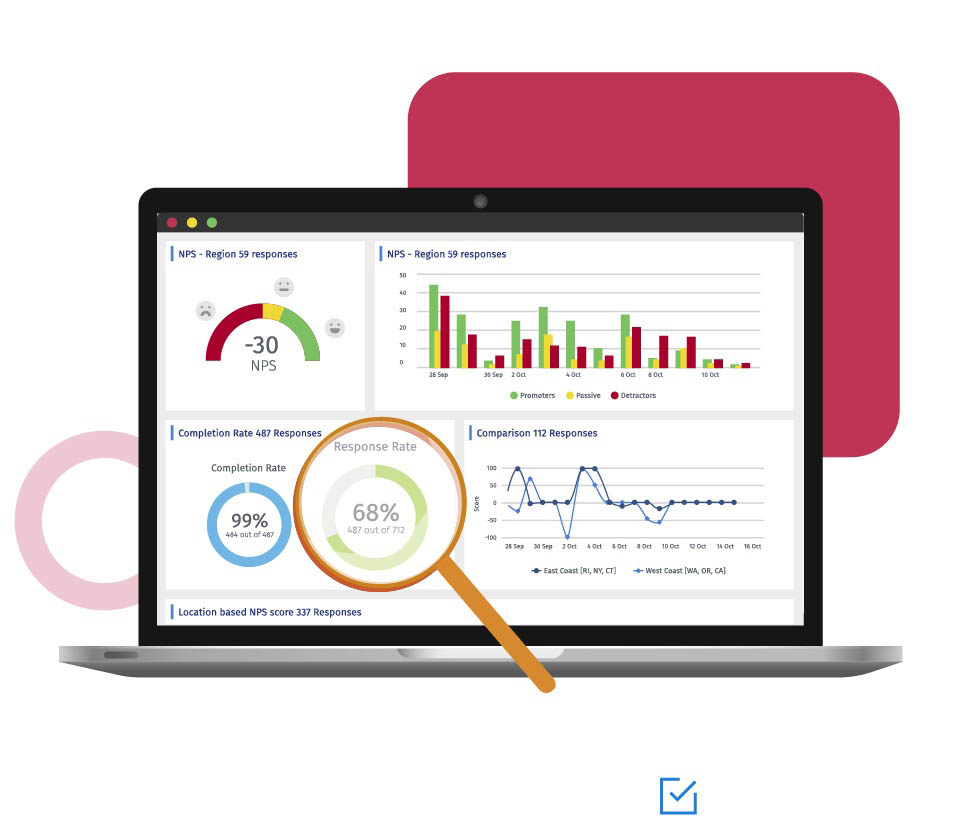Grouping responses also helps organizations to understand successful areas of the business and identify and make improvements to areas they are lacking in.
Researchers deal with a lot of data collected from a wide audience. The sample size of every project differs due to various factors. Not every customer or respondent feels the same about the product or service. Researchers group respondents into an optimal number of groups based on the answers. They then reach out to them and work together to provide them with a satisfactory product or service.
Uses of grouping analysis
Grouping filters can be set up on certain parameters for data analysis.
Survey status: Whether not started, started and complete.
Date filter: To segregate survey takers based on the date they answer the survey.
Question: Filters can be applied to any specific question.
Geo location: To segregate the respondents by their location.
Device type: To find out the device type used to answer the survey.
Language: To segregate the respondents by their language.
Example of grouping analysis
Businesses use geo-coding for market expansion. Consider an international fast-food chain or a coffee company looking to expand its business by setting up shop in a new country. The firm runs a survey among the general population of that country and collects geolocation data based on the responses. Geo-coding helps the company create groupps and analyze responses from different locations and across various demographics. It helps them with better customer intelligence to target the right population.
Advantages of grouping analysis
Here are the advantages of conducting grouping analysis:
Survey status: Filter only surveys that have been completed by respondents.
Time constraints: Grouping responses helps researchers analyze results when they face time constraints while doing market research.
Group by date: Very helpful fo surveys conducted in a fast-changing market. Easily identify and recognize trends week over week or month over month.
Question analysis: Filter out and focus on a specific question(s) to analyze the collected data.
Location-wise grouping: Group responses based on location and offer tailored services to suit customers living in that location.
Survey Software Easy to use and accessible for everyone. Design, send and analyze online surveys.
Research Suite A suite of enterprise-grade research tools for market research professionals.
Customer Experience Experiences change the world. Deliver the best with our CX management software.
Employee Experience Create the best employee experience and act on real-time data from end to end.





